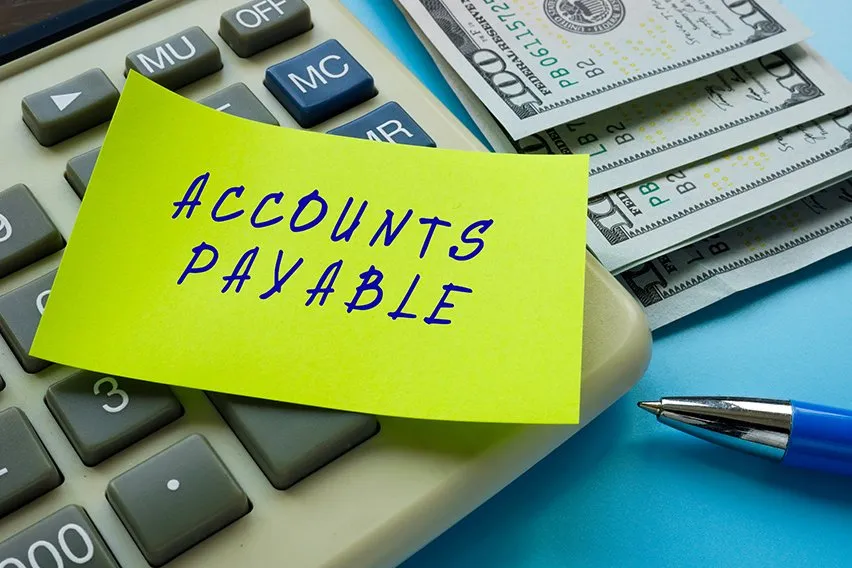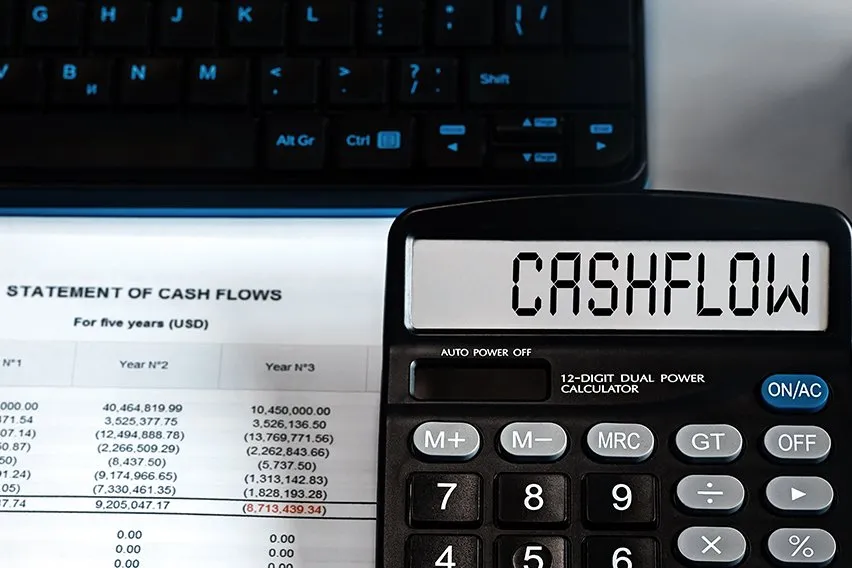Hedge Accounting: Definition & Guide

When it comes to financial risks, we all aim to put ourselves at less risk. This is true of both individuals as well as companies. Both private companies and public companies are inherently exposed to risks. They aren’t something that can be avoided. As such, business owners try to shield themselves from those risks as best they can. One such method is through hedge accounting. If you’re looking for ways to reduce the financial risks that threaten your business, keep reading to learn about hedge accounting.
Here’s What We’ll Cover:
Three Types of Hedge Accounting
Understanding Hedge Accounting
What Is Hedge Accounting?
Hedge accounting is an accounting method. It attempts to remove volatility created by adjusting a financial instrument’s value. Entries in hedge accounting adjust the fair value of a security and its opposing hedge. These two entries are treated as one.
Hedge accounting really aims to reduce the issues caused by fair value accounting. This method of accounting is also known as mark to market. When you treat the fair value and the hedge as one value, it offsets the financial instrument’s movements.

The Involvement of Hedge Funds
Hedge funds are used in hedge accounting. The purpose they serve is to lower the risk of overall losses. They do this by assuming an offsetting position based on a particular security. Hedge fund accounts aren’t meant to generate a profit. Instead, they are designed to lessen the impact of credit losses. The main three forms of less prevented by hedge funds and hedge accounting are:
- Interest rate
- Exchange rate
- Commodity risk
This makes an investment look less volatile. It does so by compensating for changes that are not reflective of an investment’s performance.
What is the Purpose of a Hedging Position?
The entire purpose of hedging is to reduce the volatility of an entire portfolio. Hedge accounting is similar, except it is used on financial statements. Fair value accounting creates large swings in profit and loss. This can’t be helped, because financial instruments are constantly gaining or losing their value. As such, a hedging instrument has to be used to help stabilize those values.
Hedge accounting treats the market value changes of a hedge and the reciprocal security as one. This reduces the large swings seen by the changes in fair market value. This is especially useful in a volatile market.
Hedge accounting is related to derivatives. A market derivative is an underlying cause that affects the value of an asset. When accounting for derivatives, hedge accounting can offset risks associated with a security. Hedge accounting uses information about the security and the derivative as a single item. This is how volatility is reduced. When the two line items are viewed as one, the losses or gains are less impactful for a business. As such, hedge accounting is an offset to the derivative instrument.
Three Types of Hedge Accounting
When you’re using hedge accounting, there are three types that can be used. Each type has its specific purposes, and should be treated as such. Check them out below.
Fair Value Hedges
A fair value hedge is used to reduce the risk of changes in fair value, as the name implies. It can be used for a number of business applications. Most often, you’ll see it used for the fair market value of assets, liabilities, and other commitments. Sometimes, assets are fixed-rate assets, meaning that the loss or gains are predictable. However, variable-rate assets are available as well, and often need hedging. The liabilities of companies can also change over time, meaning that more or less can be owed. Hedging protects companies from their liabilities becoming too large due to market changes.
Fair value hedges tend to move in the opposite direction of the hedged item. This allows them to be used to cancel out your losses. Derivatives like options and futures are great examples of fair value hedges.
Cash Flow Hedges
Cash flow hedge accounting is used to reduce the risk of sudden changes in cash flows. These cash flows are often related to assets and liabilities. This means that the item being hedged against is not the asset or liability itself. A firm commitment like accounts receivable is an example of what a cash flow hedge is used for. Should the income generated by this asset be stopped, then the cash flow will be interrupted as well. This can have a large effect on a company. Cash flow hedges aim to reduce the variability in cash flows.
Many different factors can cause a change in cash flows. A change in the foreign currency exchange rate is an example. When foreign currency cash flows change due to the foreign exchange rate changing, cash flow hedges can reduce the impact. An example of a cash flow hedge is a forward contract. Being able to assume price over a period of time hedges against any changes to cash flow in the future.
Investment Hedges
Investment hedging may be the form of hedging that people are most familiar with. It is done by investors frequently. The fair market value is not always reflective of an asset’s worth or performance. As such, even if an investment is performing poorly, you may want to hold onto it. That’s when you hedge against your investment. Investment hedges are the active investment in another security. The gains made in the hedge investment are used to minimize the losses from the original security.
This hedge relationship is what allows investors to hold onto investments that may be experiencing losses. If the investment’s losses are thought to be temporary, then holding onto it is the best course of action for the investor. To quickly recoup their losses, they’ll invest money into a security that’s overperforming. Then, when the original security is performing well, they can sell the investment hedge. Companies can do the same thing, if they are investing their earnings.
Understanding Hedge Accounting
If you plan on practising hedge accounting with your business, it’s important to know how it works. Hedging is an alternative method to traditional accounting methods. It’s used to treat gains and losses to make a company’s financial statements look more appealing. When financial statements are volatile, companies receive little or no help when they need it.
Recording in Hedge Accounting
Recording entries for hedge accounting is different from traditional accounting methods. When you choose a hedge investment, it isn’t entered separately using the hedge accounting method. Rather, the hedge and the original security are recorded together. This is because the hedge’s purpose is treatment for the original security.
Take the hedge account and compare it to the reciprocal account. These two are not recorded on different line items. Rather, the hedge relationship is spelled out in the ledger. Then, when accounting, the two items are compared. The gain or the loss is recorded under one line item. This makes hedge accounting tricky at first. It comes as second nature to record them apart.
How to Use Hedge Accounting
While the process seems confusing at first, there are a few steps to take to clarify any issues. All of the criteria listed below are required for hedge accounting. Without it, your accounts will have issues. The best options for accounting software will assist you when hedging, and will identify many of these criteria for you. This makes it much easier.
- At the start of a hedge, the hedging item and the hedging instrument have to be identified. The hedging item is the asset or liability that you’re minimizing risks for. The hedging instrument is the investment, or other items, being measured alongside the hedging item.
- The hedging relationship must be formally documented. This means that it has to be recorded at the start of the hedge. If it is not, it doesn’t qualify as hedge accounting.
- When you start hedging, the relationship must be highly effective. In other words, the offset created by the instrument has to minimize loss almost entirely.
- The effectiveness of a hedge will be tested periodically. At a minimum, the effectiveness must meet 80%. This would mean that it is ineffective, but it still reduces the losses being experienced.

How is Effectiveness Determined?
Effectiveness of a hedging instrument can be determined in one of two ways. The first way is through a prospective test. Prospective tests look forward, and determine if an instrument is going to be effective. To effectively hedge, an instrument must be expected to be highly effective for periods of time.
The other way of determining effectiveness is through retrospective testing. Retrospective tests look back at a hedging relationship. They examine whether a hedging instrument has been highly effective in periods in the past.
At the start of the hedge, both tests need to reflect that effectiveness would be highly effective. Throughout the life of the hedge, the effectiveness needs to remain between 80% and 125% at a minimum. If it doesn’t, then the hedge will need to be terminated. This isn’t the only reason a hedge can be terminated, though. Management can choose when to terminate a hedge, as well. It all depends on a company’s needs.
Key Takeaways
As far as accounting methods go, hedge accounting is a very useful, but specialized, way of doing things. If you’re looking to minimize risk or losses in your business, then hedge accounting may be for you. The concept is simple; choose an instrument to reduce the risk or losses of an item. However, maintaining that relationship can be hard. For more information like this, navigate over to our resource hub. We have more articles just like this one!
RELATED ARTICLES

 Accounts Receivable Management: 6 Best Improving Tips
Accounts Receivable Management: 6 Best Improving Tips What Is Return on Equity (ROE)? Definition & Calculation Guide
What Is Return on Equity (ROE)? Definition & Calculation Guide What Is Accounts Payable Automation & 3 AP Automation Software
What Is Accounts Payable Automation & 3 AP Automation Software Discount Rate Formula Definition & How to Calculate It
Discount Rate Formula Definition & How to Calculate It Bookkeeping Basics: A Small Business Guide
Bookkeeping Basics: A Small Business Guide How to Make a Cash Flow Forecast
How to Make a Cash Flow Forecast